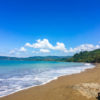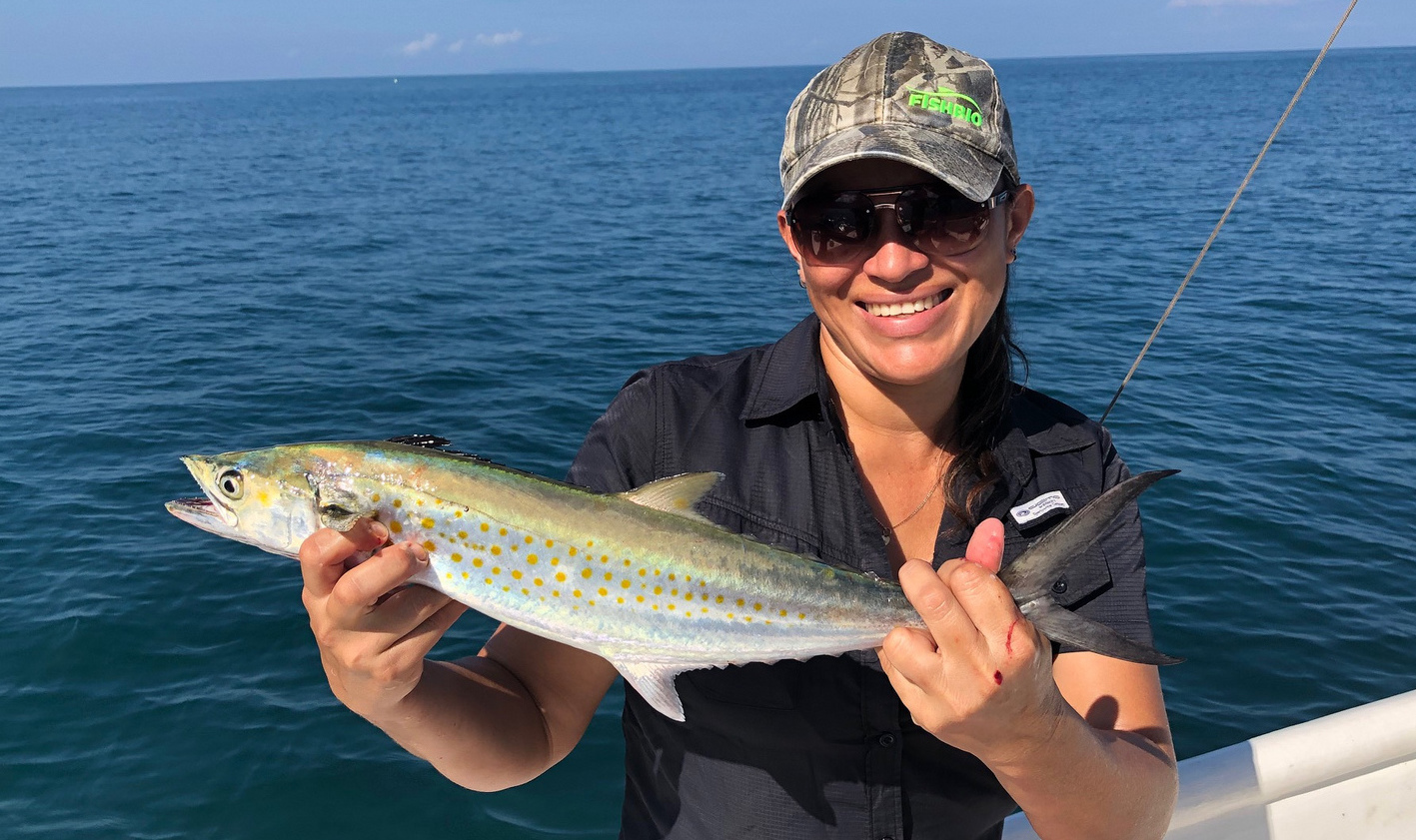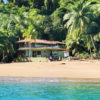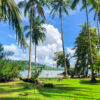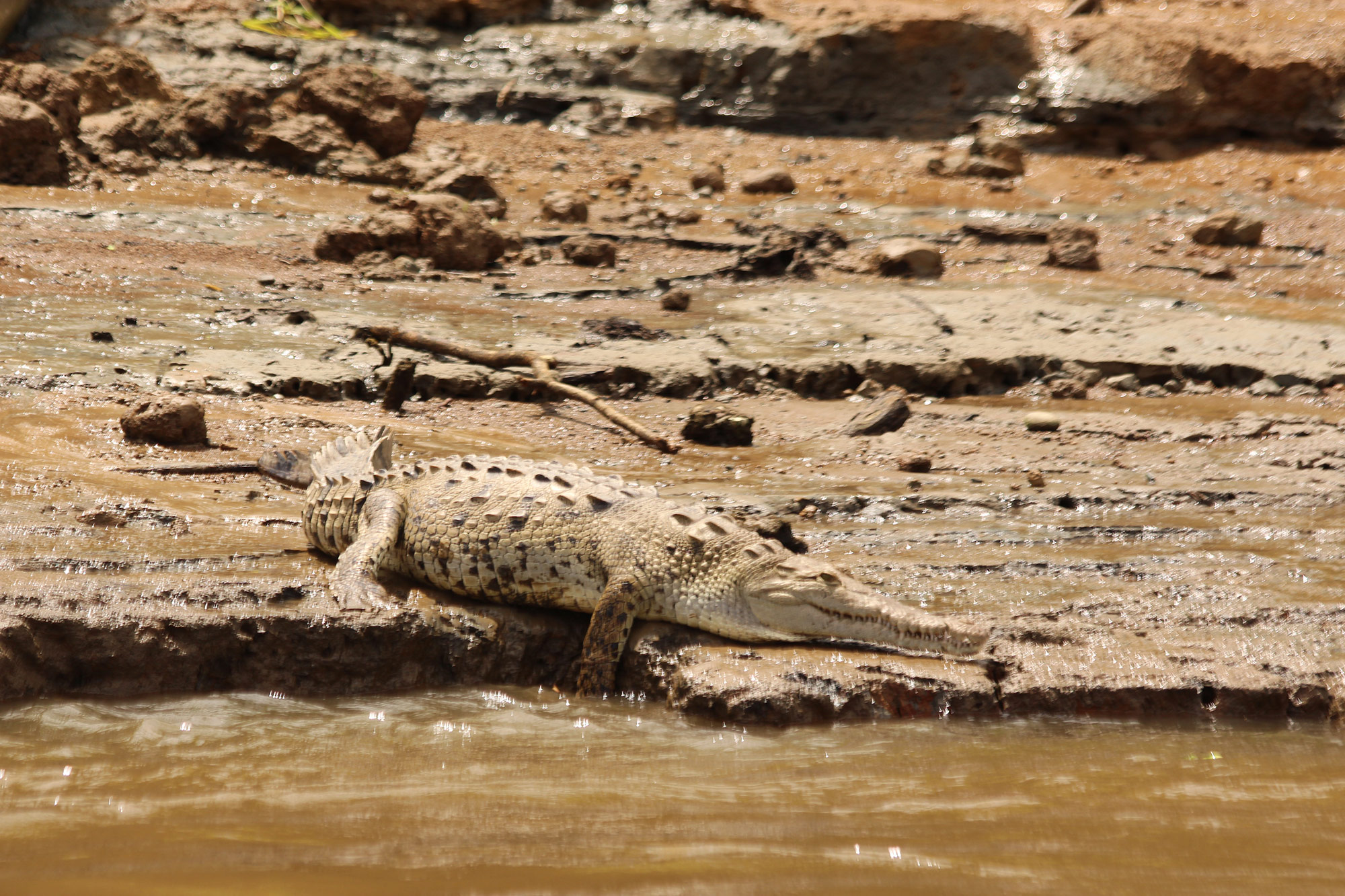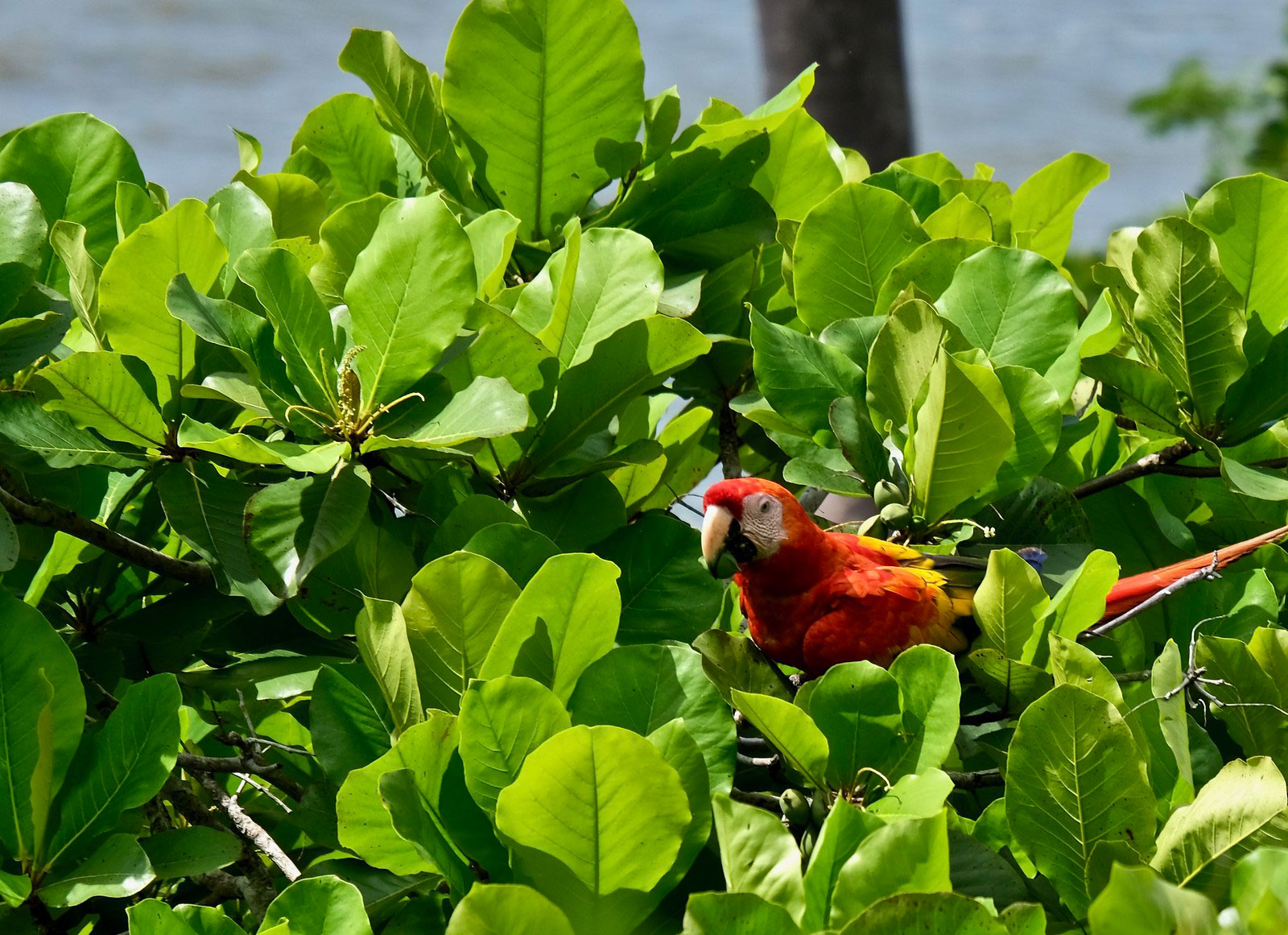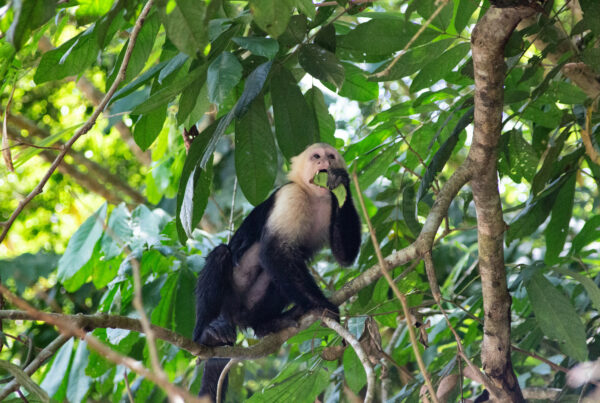In the past few years, the number of crocodile attacks reported in Costa Rica has spiked, emphasizing the need for heightened awareness of crocodile safety among tourists. In 2016 and 2017, several people were bitten and one person was killed while swimming or wading in Costa Rican rivers, ponds, oceans, and estuaries. The cause of the rise in number of attacks is unknown, but some people suspect that locals feeding crocodiles to entertain tourists might contribute to their aggressiveness and closer proximity to humans. Costa Ricans are accustomed to the dangers of living with crocodiles and value them as part of the country’s natural history. Every visiting tourist also needs to learn the ins and outs of co-existing safely with crocodiles while in Costa Rica.
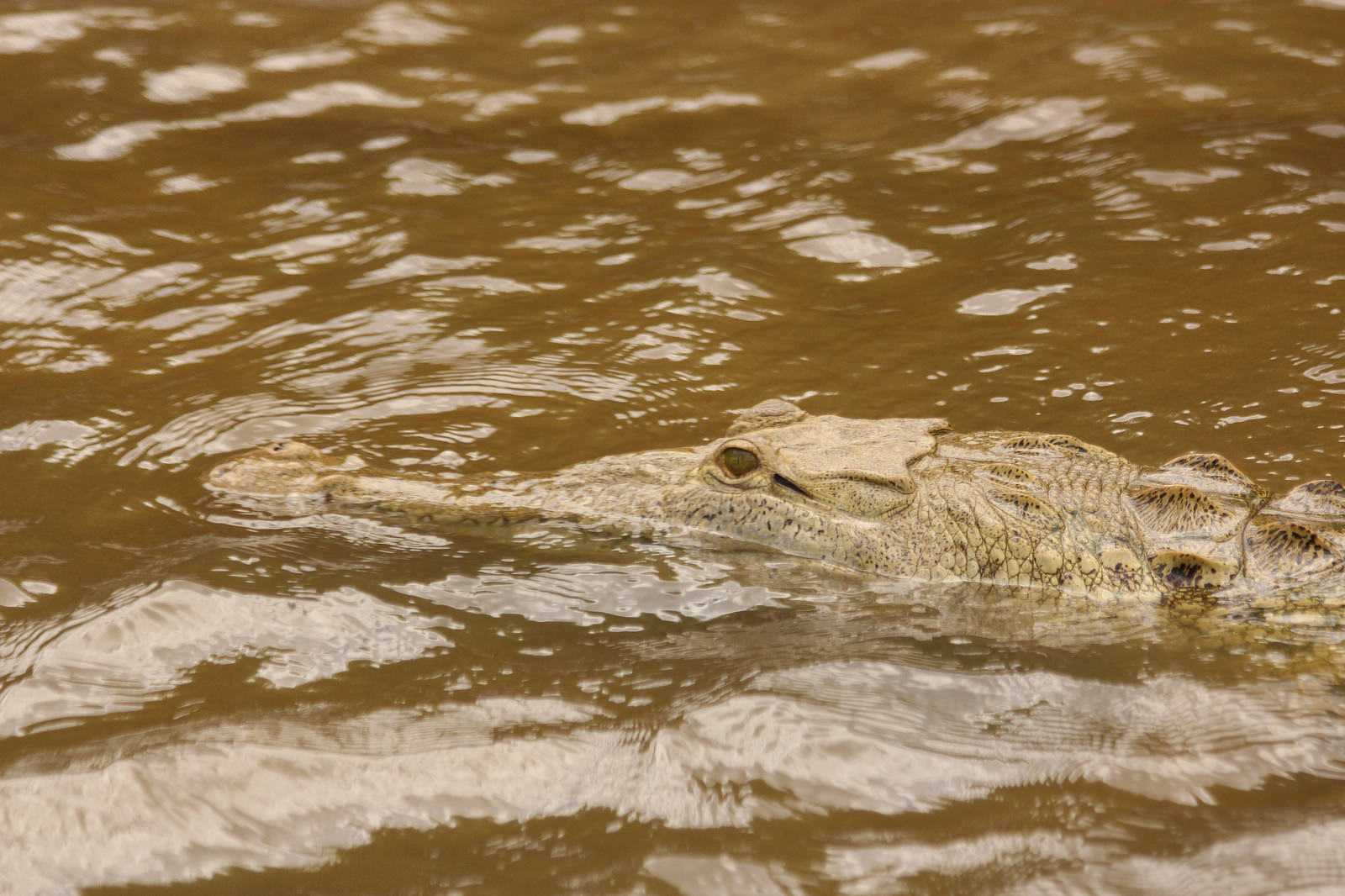
Costa Rica is home to two species of crocodilians, the American crocodile (Crocodylus acutus) and the spectacled caiman (Caiman crocodilus) – both are known to attack people if threatened. Of these, the most concerning to humans is the American crocodile, which is largest. In Costa Rica they typically measure 4 m in length, but can reach up to 6-7 m. Female crocodiles aggressively defend their nests and young on land or in water. While they are mainly a freshwater species, attacks can still occur several meters offshore in the ocean and also in estuaries. This is because crocodiles like to hide in the murky, brackish water of river mouths and can even surf ocean currents in search of new rivers to live in if they outgrow their previous territory. Crocodiles and caimans can bury themselves in mud as well, making them difficult to spot for the untrained eye. People can also be attacked when standing on the shore, so always remain vigilant while anywhere near the water.
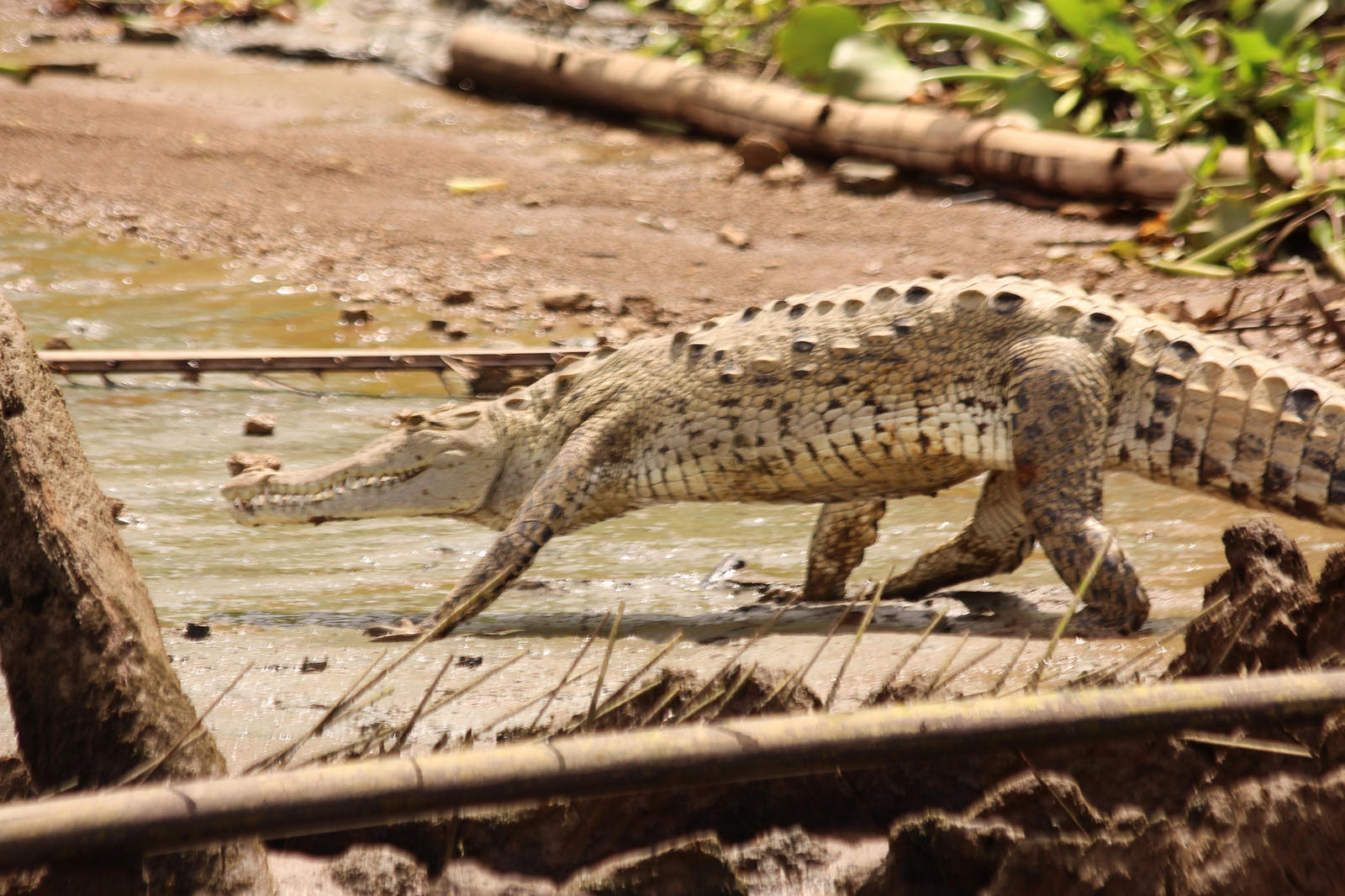
Some tips for being smart about crocodiles:
- Ask the locals and look for signs (which may be written in Spanish) warning of locations where crocodiles are known to be, but don’t assume a place is safe to swim if there is no sign
- Avoid swimming, walking, or paddle boarding across lowland rivers and estuaries, especially in murky waters in coastal warm regions
- Don’t walk along the water’s edge if you cannot see to the bottom
- Do not lean over the edge of a river boat
- Be careful entering or exiting boats and kayaks in murky water
- Never feed or approach a crocodile
- Don’t take part in crocodile feeding tours, which exacerbate the issue. Feeding crocodiles is illegal, and tour operators can lose their licenses if they are caught feeding them.
- Be wary of what may appear to be tree trunks floating in the water or lying on the beach – they may be crocodiles.


